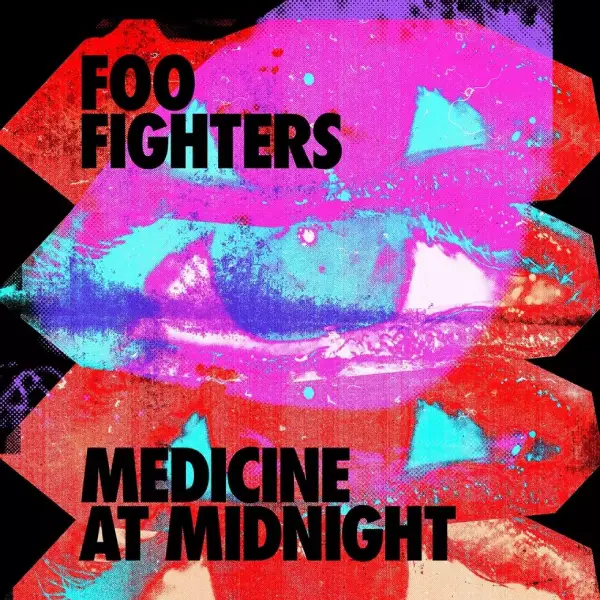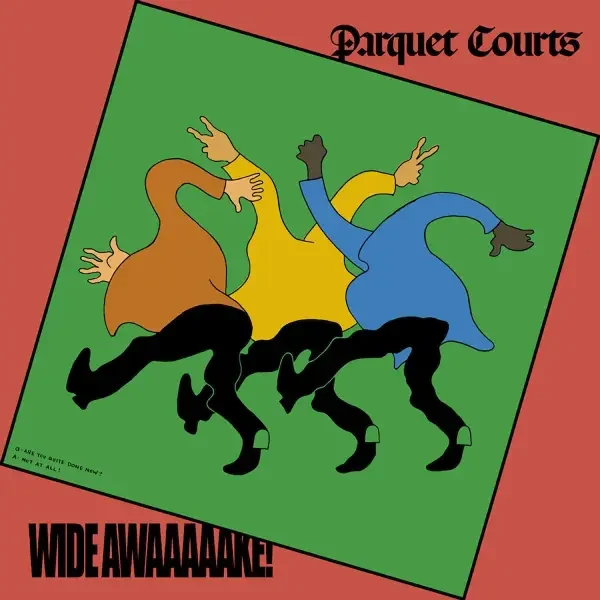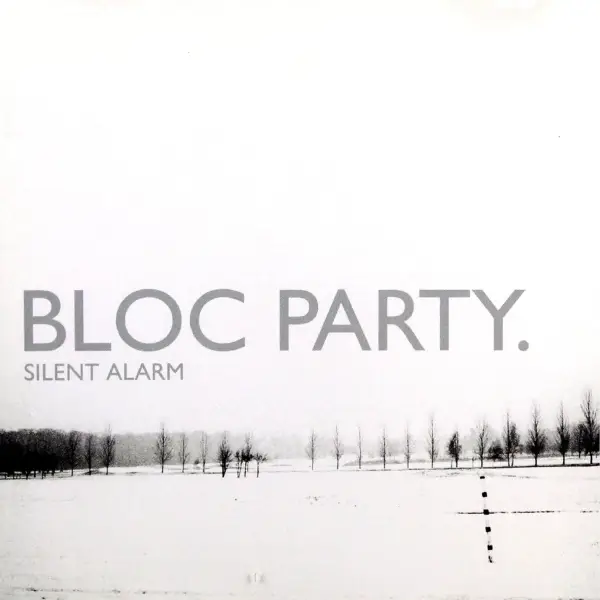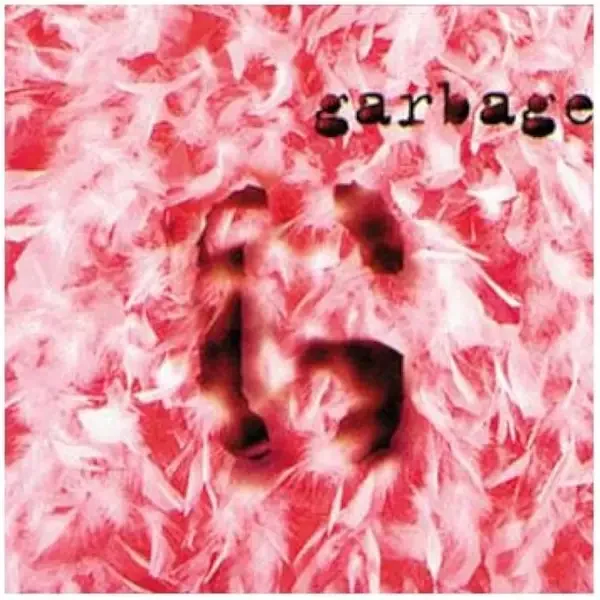Franz Ferdinand – The Human Fear
The Human Fear finds Franz Ferdinand dancing with dread, not reinvention. Slick grooves meet simmering tension as new blood revives their swagger. Not flawless, but when it hits, it crackles—fear you can move to, charm with sharp edges.
 Dance-rock is a dance-infused rock genre that emerged in the early 1980s, blending elements of post-disco, pop rock, and post-punk while minimizing rhythm and blues influences. It developed following the decline of punk and disco, with early examples including Gina X’s “No G.D.M.,” Russ Ballard’s “On the Rebound,” and artists like Dinosaur L, Liquid Liquid, and Polyrock.
Dance-rock is a dance-infused rock genre that emerged in the early 1980s, blending elements of post-disco, pop rock, and post-punk while minimizing rhythm and blues influences. It developed following the decline of punk and disco, with early examples including Gina X’s “No G.D.M.,” Russ Ballard’s “On the Rebound,” and artists like Dinosaur L, Liquid Liquid, and Polyrock.








